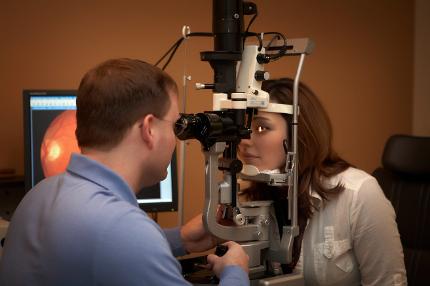What Is Cataract Sugery And How Does It Work?
Cataract surgery involves the surgical removal of the lens of an eye that has formed a cataract. Cataract extraction is the among the most common eye surgical treatments performed and is commonly considereded being one of the best procedures in the medical community. A cataract happens when the crystalline lens of the eye becomes cloudy or opaque as a result of age, ailment, or trauma. This cloudiness can disrupt the eye's natural ability to direct light and concentrate an image on the retina. As a result, individuals with cataracts often experience a loss of vision.
There is no recognized way to reverse the damage caused by cataracts, although the full elimination and replacement of the influenced lens with an artificial lens can bring back a person's vision. The two most common treatments for cataract extraction are called ICCE (intracapsular cataract extraction) and ECCE (extracapsular cataract extraction). Both of these treatments are typically done under a local anesthetic on an out-patient basis, so cataract surgery patients are totally free to go house the very same day.

Extra-capsular surgery includes the removal of the affected lens while leaving most of the elastic lens pill undamaged. This allows for the direct implantation of an intraocular lens into the lens pill. Extracapsular surgery might be performed making use of one of two techniques: conventional ECCE or phacoemulsification. Traditional ECCE involves making a small cut into the cornea or the sclera of the eye. The cataract is then by hand removed through the cut so that a replacement intraocular lens can be inserted. Standard ECCE is finest suited for those clients who suffer from extremely tough cataracts or who have a weak or thin epithelium covering the cornea.
The second technique, phacoemulsification, uses an ultrasonic handpiece. Ultrasound waves vibrate the cataract, triggering it to ruin and break up into a variety of little pieces. These pieces are then gotten rid of through goal via a little laceration in the cornea, after which a replacement intraocular lens can be inserted. Phacoemulsification uses a much smaller sized laceration and may not even require stitches, with the result that this procedure frequently pays for clients a much shorter recuperation period.
Intra-capsular surgery includes the removal of the whole lens of the eye including the lens capsule. This procedure was widespread up until the 1980's in the United States, but is seldom performed today due to medical advances in cataract surgery. To remove the lens the surgeon makes a huge cut in the cornea and injects medication into the eye. This causes the zonular fibers that hold the lens in position to disintegrate and liquefy. A small probe is inserted into the cut and put on the lens so that it may be frozen through a cryogenic solution, such as liquid nitrogen. The probe is then taken out from the eye, pulling with it the frozen lens. Once the influenced lens has been removed, an intraocular lens implant might be placed in front of the iris as a replacement. Lastly the incision is sewn up.
Intra-capsular surgery has a high danger of complications due to the pressure that is put on the vitreous body of the eye throughout the procedure. Clients have a prolonged period of healing (as much as 6 weeks), and are at a high threat for retinal detachment and swelling of the eye. It is for this reason that nearly all modern-day cataract extractions are performed by means of the extracapsular surgery method.
Say Hello
Do you have a project you would like us to take a look at or maybe you have an idea? Don’t hesitate to send us an email or give us a call.
Center For Sight Las Vegas
5871 W Craig Rd, Las Vegas, NV 89130, United States
(702) 724-2020
http://www.centerforsightlv.com/